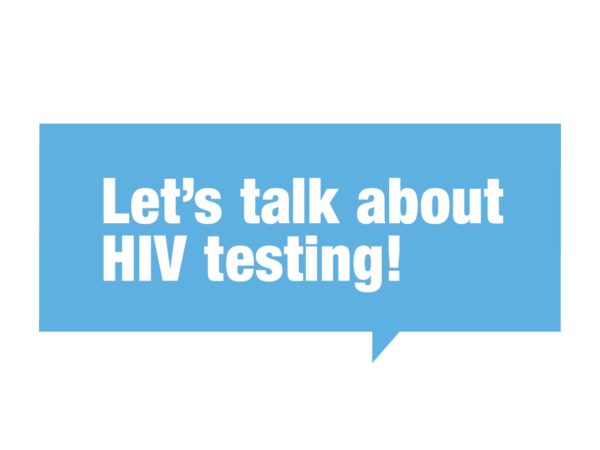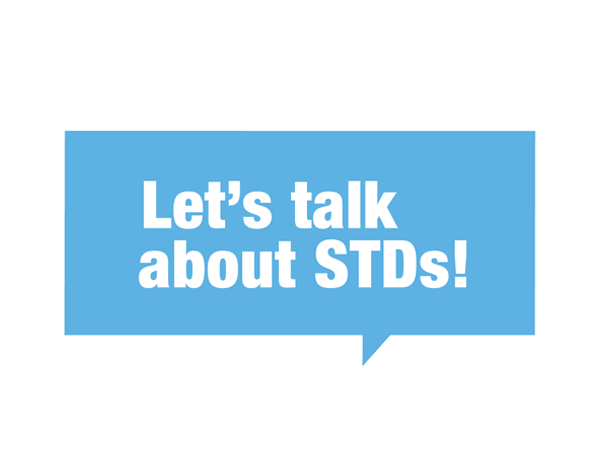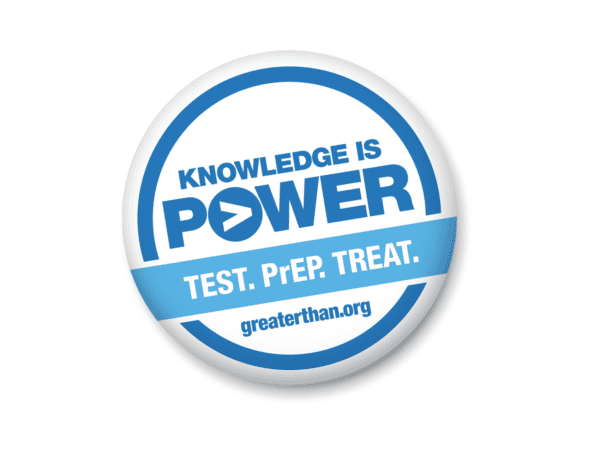Frequently Asked Questions
Who and how often should you get tested for HIV?
Everyone should know their HIV status. The only way to do that is by getting tested.
Some people think they would know if they had HIV, but like other sexually transmitted diseases (STDs), HIV often shows no symptoms. An estimated 1 in 7 people living with HIV in the U.S. does not know it. Left untreated, HIV can cause serious harm to someone’s health.
The U.S. Centers for Disease Control and Prevention (CDC) recommends that everyone between the ages of 13 and 64 receive an HIV test at least once. Men who have sex with men are advised to get an HIV test as often as every three to six months.
Additionally, the CDC recommends that anyone who is at ongoing risk of HIV should be tested at least once a year. This includes people who have:
- Had sex with someone who has HIV
- Had a new sex partner since their last HIV test
- Shared drug-injection equipment
- Engaged in sex work
- Had another STD
- Had hepatitis B or C or tuberculosis (TB)
- Had sex with someone who falls into any of the above categories
- Had sex with anyone whose sexual history they don’t know
Anyone who is pregnant or planning to get pregnant should get tested as early in the process as possible. Treatment can prevent women with HIV from passing the virus to the baby.
Click here to find free and low–cost testing HIV testing locations near you.
CDC, Getting Tested for HIV. January 2024.
How do I know if I have been tested for HIV?
The only way to know for sure if you are being tested for HIV is to ask to be tested.
The U.S. Centers for Disease Control and Prevention (CDC) recommends HIV testing as a part of routine health care. But this does not mean you are automatically tested when you go to the doctor or a clinic, even if you have your blood drawn.
HIV cannot be diagnosed with a Pap smear or through a pelvic or prostate exam.
CDC, Getting Tested for HIV. January 2024.
How soon does a test detect HIV?
HIV tests look for antibodies that the body produces in response to infection with the virus. Some tests also look for pieces of HIV known as antigens, which show up before antibodies. It can take 10 to 90 days after infection for these signs of the virus to show up, depending on the type of test. (See “What Kind of Tests Are Available?”)
This time is known as the “window period.” During this time, a false-negative test result is possible. This means that HIV has entered the body, but the test is not yet able to detect the virus. So, while the test incorrectly comes up negative, it is important to know that you could still pass HIV to others during this time.
For people who had a recent potential exposure to HIV that falls within the period, a follow-up test may be necessary to ensure an accurate result.
If you think you have been exposed to HIV within the last 72 hours, you can consider receiving post-exposure prophylaxis (PEP). This is a one-month prescription-drug regimen that can prevent HIV after exposure to the virus. It must be started within 72 hours and ideally within 48 hours of exposure. If you think PEP is right for you, go immediately to see a healthcare provider. This could be your own physician or an urgent care center or emergency room.
Talk with whoever is providing your HIV test about any potential exposures you may have had. Discuss the window period for the HIV test you are taking to find out if re-testing is recommended.
CDC, Getting Tested for HIV. January 2024.
What kind of tests are available?
There are several different ways to test for HIV. Some tests use blood, others test cells taken from a swab inside the mouth. HIV blood tests may require a quick finger stick or a blood draw from a vein in the inner arm. Blood draw tests tend to detect HIV earlier after infection.
If you prefer a specific type of test, talk with your healthcare provider. Some health departments and local agencies are also offering FREE HIV self-tests to take at home or wherever is convenient. At-home HIV tests can also be purchased at many drug stores.
See: How long does it take to get HIV test results?
CDC, Getting Tested for HIV. January 2024.
How long does it take to get HIV test results?
Some HIV tests, including at-home tests, provide results in 20 to 30 minutes. Some work as fast as one minute. These are referred to as rapid HIV tests and involve an oral swab or blood from a finger stick.
Other types of HIV tests, such as those that require a blood draw, may require a few days or more than a week to get back results from the lab. If you prefer a specific type of test, ask the testing location what they offer.
CDC. Getting Tested for HIV. January 2024.
How much does an HIV test cost?
Free and low cost HIV testing is available in most locations across the U.S.
Most insurance, including Medicaid and Medicare, cover HIV testing in full. If you are paying out-of-pocket, the cost can vary at different locations.
Where can I get tested?
HIV testing is available in most doctor’s offices and health clinics, including Planned Parenthood.
If you don’t have a healthcare provider, click here to find an HIV testing site near you, including those that offer free testing.
What if I test positive for HIV?
If your HIV test comes back positive, a follow-up test will be conducted. If the follow-up test is also positive, it means you have HIV.
People with HIV have the best health outcomes if they start treatment for the virus as soon as possible after they are diagnosed, even if they don’t feel sick.
HIV is treated with medications called antiretrovirals (ARVs). People with HIV who take ARVs as prescribed and remain in medical care can live long, healthy lives. ARVs can reduce the virus to levels that are undetectable by standard lab tests. Successfully treating HIV also eliminates the risk of passing it on through sex.
Click here to learn more about HIV treatment.
CDC, Living with HIV. March 2024.
Will I be tested for HIV if I donate blood?
When you donate blood in the U.S., your blood is tested for HIV and other infections before it enters the blood supply. As a result, the U.S. has one of the safest blood supplies in the world today. However, blood donation is not intended as a replacement for an HIV test.
It is important to note that in the U.S., anyone taking medications to treat or prevent HIV, including ARV, PrEP and PEP, would not be allowed to donate blood. In addition, anyone who has had a new sexual partner, or more than one sexual partner in the past three months, and has engaged in anal sex would not be able to give blood.
Click here to find free and low-cost HIV testing near you.
FDA, FDA Finalizes Move to Recommend Individual Risk Assessment to Determine Eligibility for Blood Donations. May 2023.
I tested negative for HIV. Now what?
If you don’t have HIV, staying that way will help protect your health and the health of your partners. There are more options than ever to prevent infection.
When taken as prescribed, PrEP is highly effective in preventing HIV. PrEP is short for pre-exposure prophylaxis and involves taking medication before potential exposure to HIV. This medication can block infection.
Today, there are two forms of PrEP. One is a daily pill and the other is an injection given by a healthcare provider every eight weeks. Both are highly effective at preventing HIV.
Condoms are also highly effective at preventing HIV. When used consistently and correctly, they also prevent various other sexually transmitted diseases (STDs). There are condoms designed for women, which are inserted into the vagina.
If your HIV test is negative, but you might have been exposed to the virus recently, it is possible that the test result is a false negative. HIV tests look for signs of the virus that can take 10 to 90 days to appear, depending on the test. Whoever provides your HIV test can counsel you about this “window period.” You might need to be tested again to ensure an accurate result.
See: How soon does a test detect HIV?
See: How often should I get tested?
CDC, Getting Tested for HIV. January 2024
CDC, Preventing HIV. February 2024
More information about testing for other STDs
There are many ways to test for sexually transmitted diseases (STDs). Some STDs, including HIV, can be tested through a blood draw. Others are tested by taking a swab, including from the throat, rectum, urethra or cervix. Some STDs can be tested through urine. Sometimes, a physical exam is required.
There is no such thing as an “everything” test. Just having your blood drawn does not mean you are being tested for STDs. If you want to be screened for a specific STD, ask to be tested.
Click here for a complete overview of the testing available for different STDs.


